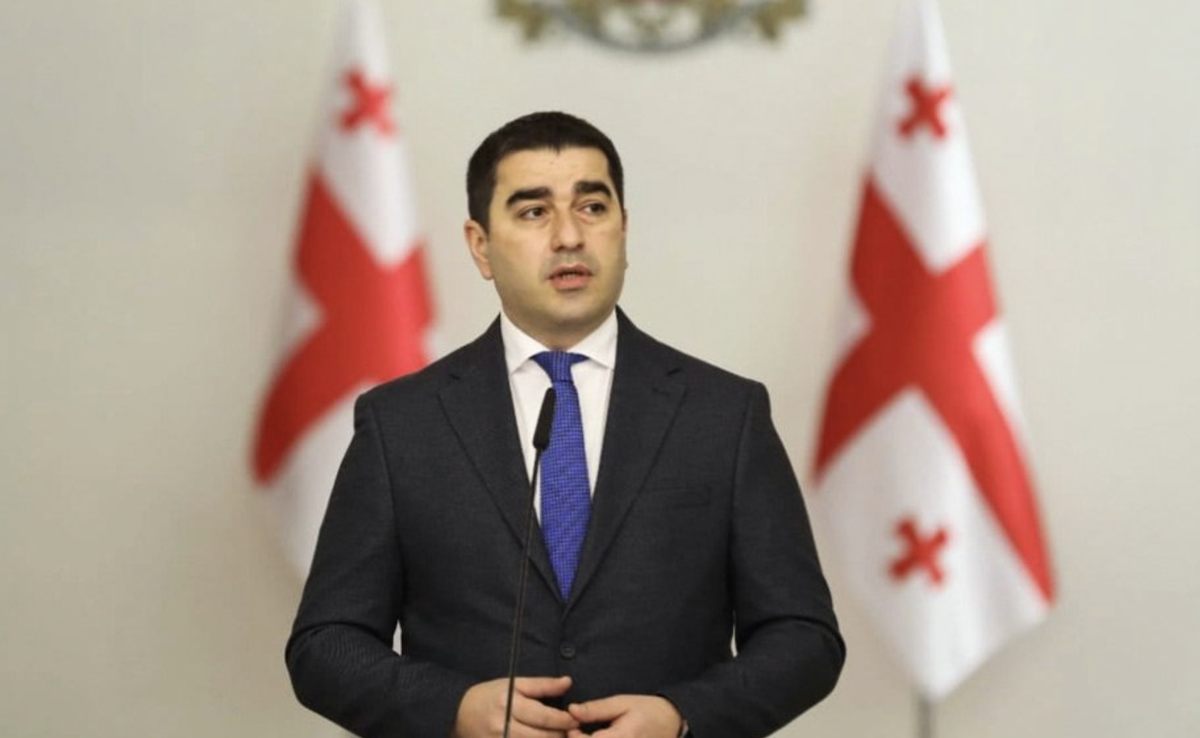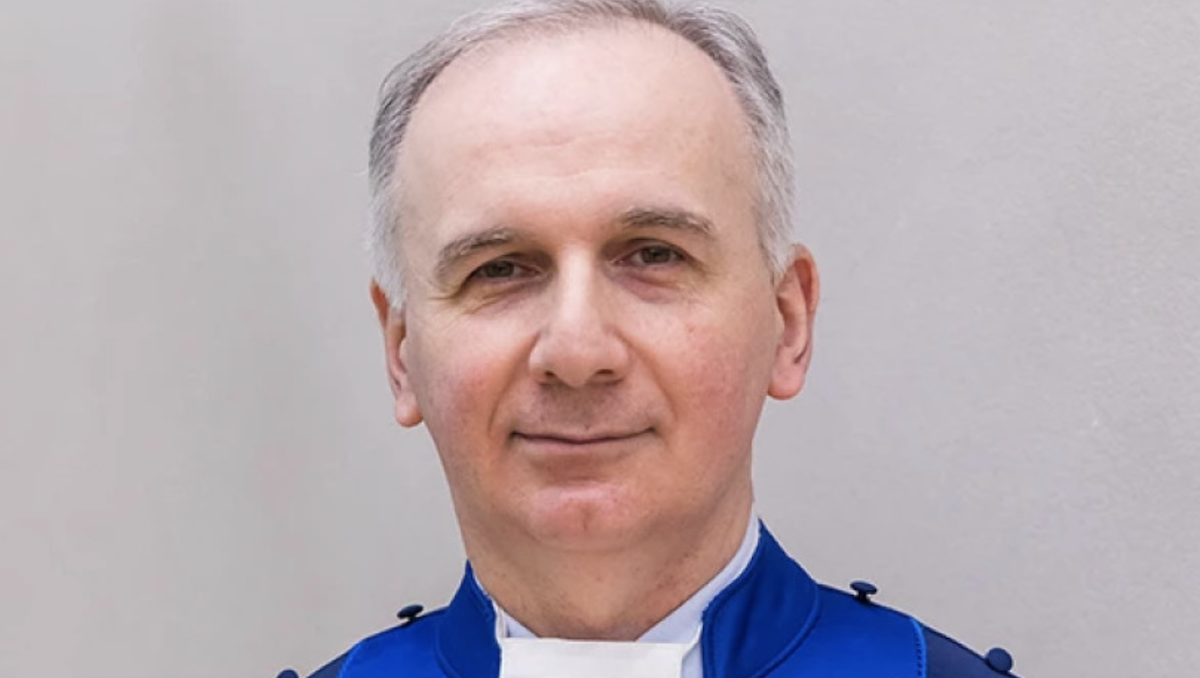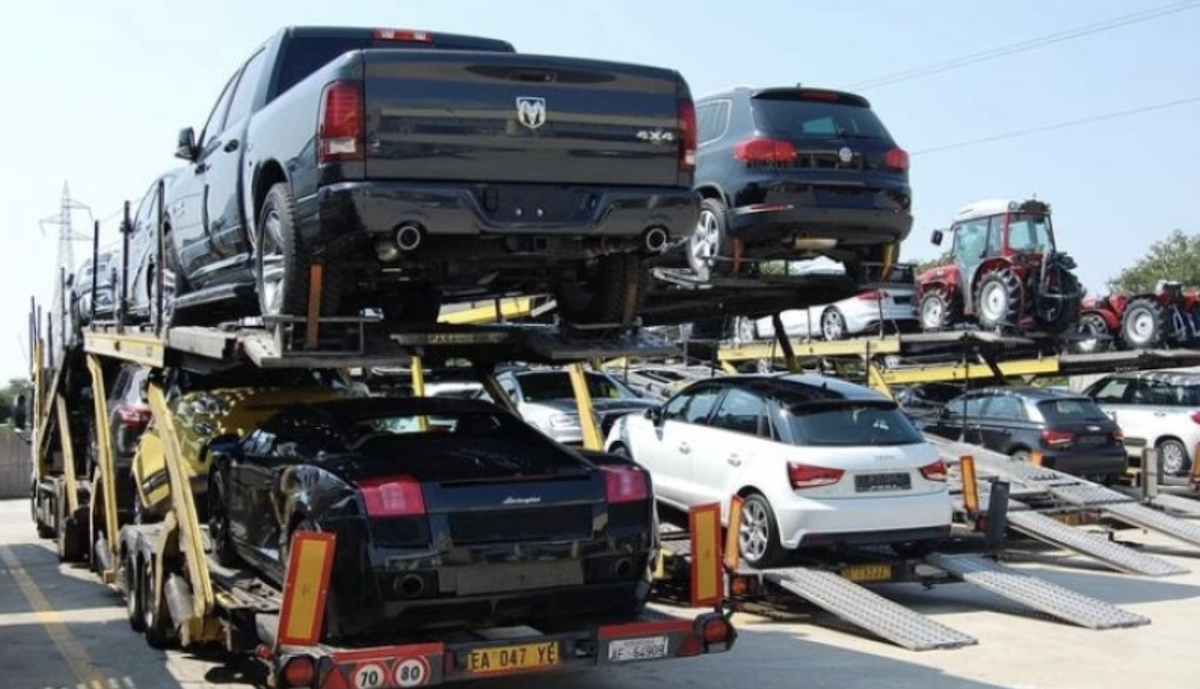Armenia commemorates victims of 1990 pogroms in Baku
Yerevan marked the 30th anniversary of the pogroms against Armenians in Baku.
It is believed here that 30 years ago, from January 13 to 20, several thousand supporters of the Popular Front Party of Azerbaijan carried out mass pogroms in the Azerbaijani capital on ethnic grounds.
According to various estimates, between 50-100 people died. In Armenia, there were more victims.
Azerbaijan does not deny the fact of pogroms at the official level, but it is customary to ignore those events.
According to eyewitnesses in Azerbaijan, the pogroms were the spontaneous result of aggravation of ethnic hatred against the backdrop of the escalating Karabakh conflict and the influx of refugees from Armenia and lasted two days.
Accounts of the events from both Armenia and Azerbaijan.
• 3 years since the Karabakh April War: What did it change?
• Why are Karabakh Armenians restoring a mosque?
How the day was marked in Armenia
The Armenian authorities, together with the Catholicos of All Armenians Garegin II, visited the Tsitsernakaberd memorial complex and laid flowers in memory of those who died during the pogroms in Baku.

On the occasion of the 30th anniversary of the pogroms of Armenians in Baku, a message was published on the official website of the Prime Minister:
“30 years after these events in Azerbaijan there is no respect or compassion for the victims of the Baku pogroms. Those few who have dared to even mention the tragedy of the Armenians of Baku in their literary works have been nailed to the ‘pillory’ and officially declared traitors.”
The Foreign Ministry of Nagorno-Karabakh also issued a statement condemning “the permanent denial by the Azerbaijani authorities of the genocidal acts and the hero-ization of those who carried them out, which has become an integral part of Baku’s policy of promoting xenophobia and hatred towards the Armenians.”
What happened in Baku 30 years ago – account from Armenia
On January 13-20, 1990, pogroms of the Armenian population took place in Baku. Although according to some sources, the victims were among other national minorities, in particular Russians.
According to eyewitnesses of the events, on January 13, 1990, at about 5:00 pm, after a rally on Lenin Square, several thousand people divided into groups and began to attack Armenian homes in Baku.
In Armenia, it is generally accepted that in Baku those days from 150 to 300 people were killed.
It is impossible to establish the exact number of those killed, since there was no investigation in this case. No one was held responsible for what happened.
On January 18, 1990, the European Parliament adopted a resolution calling on the European Council of Foreign Ministers and the Council of Europe to stand up for the Armenians before the government of the USSR.
On the same day, a group of American senators sent a letter to Mikhail Gorbachev, in which she expressed concern about the pogroms in Baku.
On January 20, units of the Soviet army were introduced into the city.
Account from Azerbaijan
Media and official structures in Azerbaijan bypass the 1990 Baku pogroms in silence. However, no one denies them at the official level. Several trials of the rioters are known, some of which received sentences, but were released after the outbreak of hostilities in Karabakh.
Eyewitnesses say that in those days at rallies in Baku organized by the Popular Front Party of Azerbaijan, slogans were heard calling for “restoring justice.” This refers to refugees from Armenia who surged into Baku during the escalation of the Nagorno-Karabakh conflict, while Armenians still lived in Baku. The rally organizers lost control of the heated crowd, and the Soviet police did nothing to stop it.
British journalist Thomas de Waal says about 90 people were killed.
Two days later, on January 16, Baku Armenians were evacuated by ferry to the city of Krasnovodsk.
On January 20, Soviet troops entered the city to suppress the movement for Azerbaijan’s exit from the Soviet Union.



















